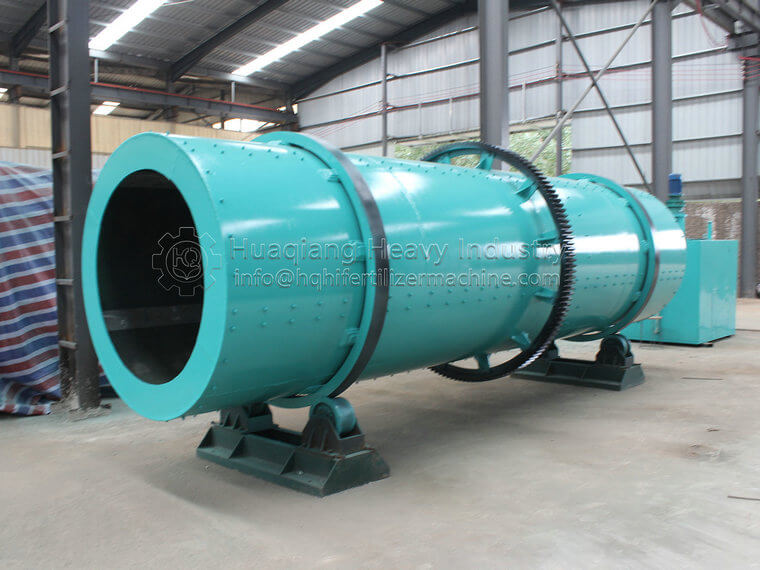Efficient production is one of the most prominent features of the NPk fertilizer production line when processing fertilizers, providing a solid guarantee for fertilizer supply.
This production line adopts advanced automation control system, which can achieve automated operation in various links from raw material transportation, metering, mixing to granulation, drying, screening, etc. The machine equipment runs in an orderly manner according to the preset program, greatly reducing manual intervention and improving production efficiency. For example, in the process of raw material transportation, belt conveyors and screw conveyors can quickly and stably transport various raw materials to designated locations, saving a lot of manpower and time.
The equipment of NPk fertilizer production line has the ability to operate at high speed and continuously. Taking the granulation process as an example, large drum granulators or disc granulators can process several tons or even tens of tons of materials per hour, continuously producing uniformly granular fertilizers. Moreover, the equipment has extremely high stability and can work continuously for a long time, reducing downtime caused by equipment failures..jpg)
The layout design of the production line also fully considers the demand for efficient production. The various processes are closely connected and the material flow is smooth. The materials coming out of the mixer can quickly enter the granulator, and the dried particles then enter the screening equipment. The entire process is seamless, avoiding material accumulation and waiting, further improving production efficiency.
In addition, the NPk fertilizer production line also has the ability to quickly switch production. When market demand changes and different formulas and specifications of fertilizers need to be produced, the production line can quickly adjust and clean the equipment, switch to a new production mode, and meet diverse market demands.
Efficient production not only means an increase in output, but also brings about a reduction in costs. The large-scale and efficient production has shared equipment investment, labor costs, and other expenses, resulting in a decrease in the production cost per unit of fertilizer and an improvement in the economic benefits of the enterprise. With the outstanding advantage of efficient production, NPk fertilizer production lines occupy an important position in the fertilizer market, effectively promoting the smooth progress of agricultural production.
.jpg)

.jpg)
.jpg)




